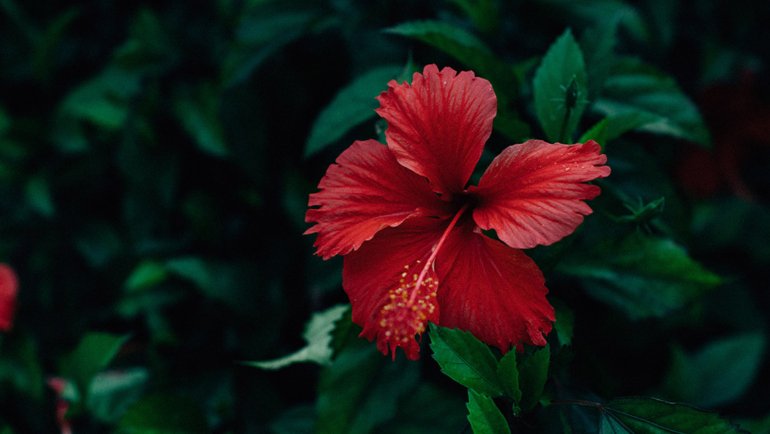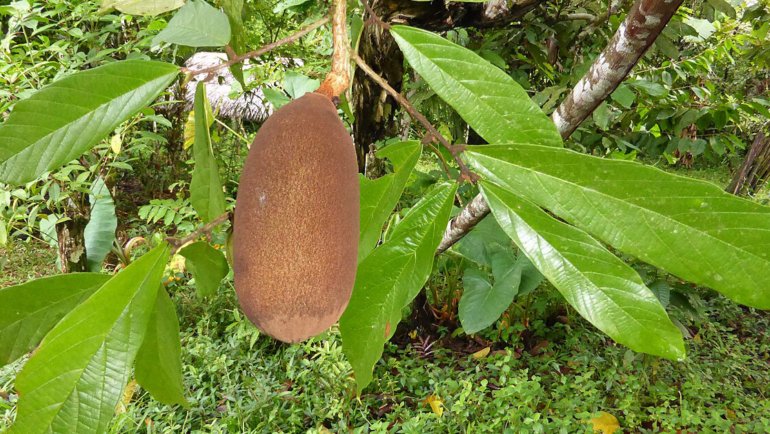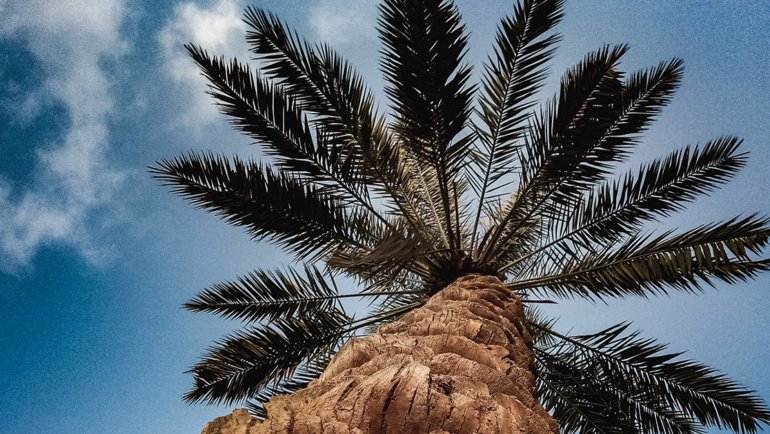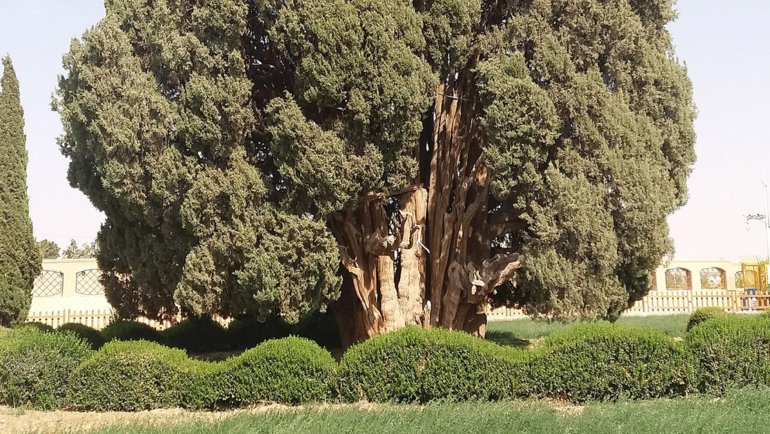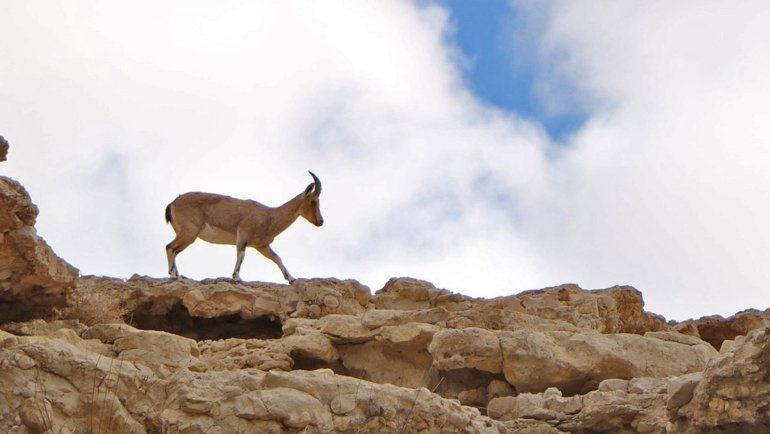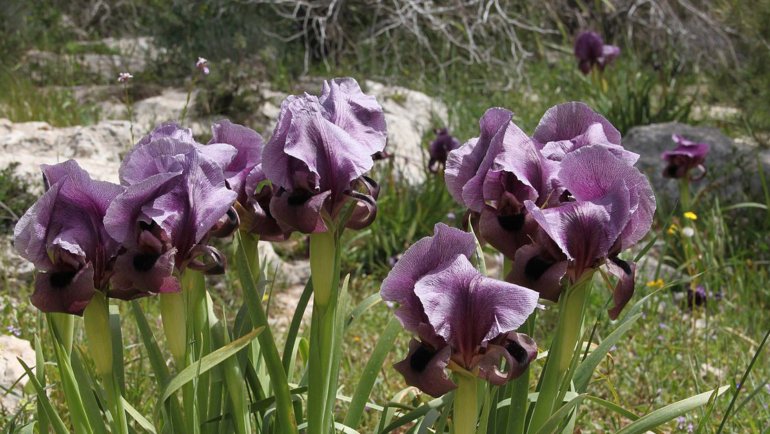Venezuela, a South American gem filled with stunning landscapes from the Andes Mountains to the Caribbean coastline, is a country as vibrant and diverse as its national animal, the Troupial.
This brilliant bird, adorned with contrasting black and bright orange-yellow plumage, resonates with the lively spirit of Venezuelan culture.
Did you know that the Troupial, despite its striking appearance, is known for its aggressive territorial behavior? Stay with us to dive deeper into the world of this fascinating avian wonder.
Quick Info About The Venezuelan Troupial
| Scientific Name: | Icterus icterus |
| Average Size: | 8.7 inches (22 cm) |
| Average Weight: | 2.4 ounces (68 grams) |
| Average Lifespan: | Up to 7-9 years in the wild |
| Geographical Range: | Mainly found in Venezuela, Colombia, and the islands of Aruba, Curaçao, and Bonaire |
| Habitat: | Open habitats, wood edges, and savannahs. They are also often found near palm groves and water sources. |
| Conservation Status: | Least Concern (IUCN Red List) |
Meet The Troupial, National Animal of Venezuela
With its striking colors, the Troupial is undoubtedly one of the most beautiful birds of South America. Its vibrant orange-yellow body is contrasted sharply by a jet-black head, wings, and tail.
The eyes, encircled by a small patch of blue, give this bird an almost surreal appearance. Both males and females share these colors, making it hard to differentiate between them, a rare occurrence in the world of birds where often only one gender sports the bright plumage. Adding to its beauty, the Troupial boasts a variety of melodious songs that are enchanting to the listener.
In the ecosystem, the Troupial has a varied diet which includes fruits, insects, and even the eggs of other birds. This diet places it in the role of both a frugivore and an insectivore. Its penchant for consuming insects ensures it plays a role in controlling insect populations. However, its occasional habit of raiding the nests of other birds makes it a predator in those situations.
Speaking of predators, the Troupial’s main threats come from larger birds of prey. Their vibrant color, while beautiful, can make them an easy target against the backdrop of the Venezuelan savannahs. Yet, their keen sense of their surroundings and swift flight often keeps them safe from potential threats.
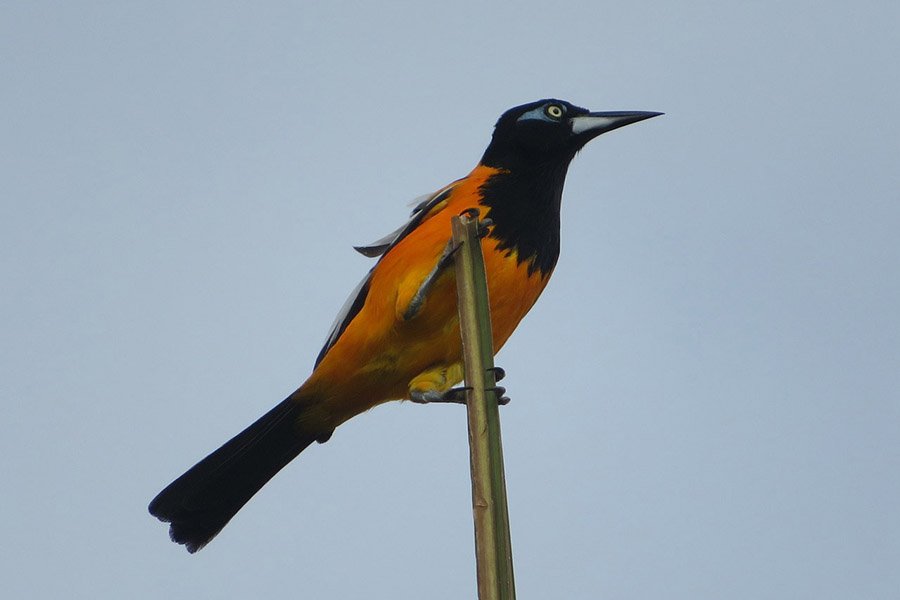
Where Do Troupials Live?
The Troupial prefers open habitats where it can easily spot and swoop down on its prey. This includes wood edges, savannahs, and regions near water bodies. The presence of palm groves is also a common feature in the habitats favored by the Troupial, as they often build their nests in palm trees or even take over nests built by other birds.
Within Venezuela, you can often spot the Troupial flitting about in the northern plains and coastal regions. However, its range isn’t limited to the mainland alone. The Troupial is also a common sight in the Caribbean islands of Aruba, Curaçao, and Bonaire.
In these regions, they enjoy the tropical climate, which remains relatively stable year-round, offering plenty of sunshine and periodic rains, ideal for the fruits and insects that make up their diet. Outside of Venezuela, their presence extends to parts of Colombia, showcasing the bird’s adaptability to different environments within its geographical range.
Why and When Did The Troupial Become The National Animal of Venezuela?
The Troupial was designated as Venezuela’s national bird due to its vibrant and captivating colors, which seem to perfectly encapsulate the lively spirit and rich culture of the country.
Its contrasting black and orange-yellow hues resonate deeply with the Venezuelan people, symbolizing both the country’s diverse landscapes from the dark richness of its oil reserves to the golden beaches that line its coast.
Historically, the Troupial’s melodious song has been a backdrop to life in Venezuela’s plains, serenading the inhabitants with its various tunes. Its presence is often equated with the Venezuelan identity – diverse, vibrant, and full of life.
While the exact date of its designation as the national bird is not widely documented, its association with Venezuelan identity and culture is longstanding.
As far as controversies go, there haven’t been significant disagreements over its designation as the national symbol. However, there have been discussions about its habit of occupying other birds’ nests, drawing parallels with historical events where territories were claimed.
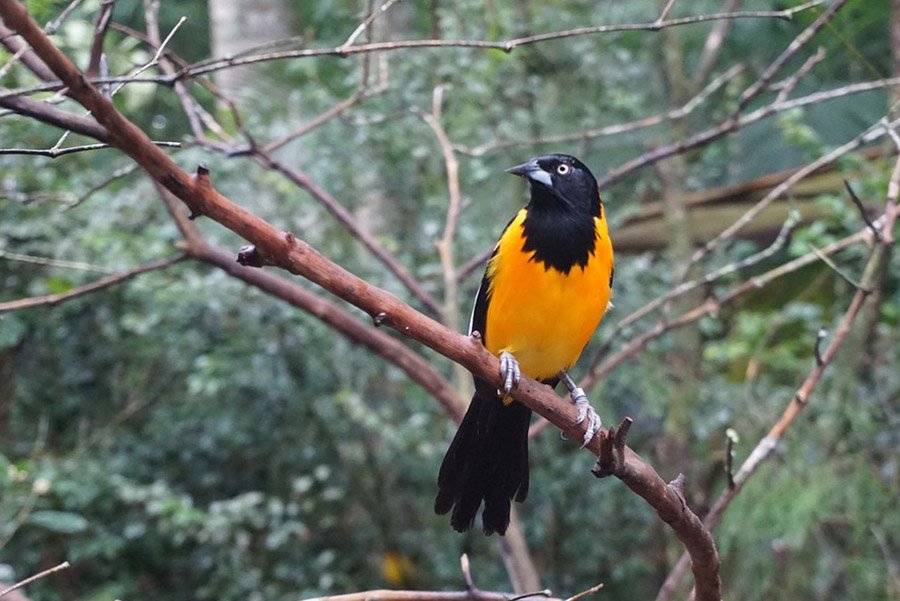
Where is The Troupial Featured in Venezuela?
The Troupial, being a symbol of pride and cultural identity for Venezuelans, is featured prominently in various artistic and cultural representations throughout the country. While it doesn’t appear on the Venezuelan flag or banknotes, its image can be found in various forms of local artwork, including paintings, sculptures, and handicrafts.
Moreover, the bird’s significance has transcended just visual representation. Its song is often played in cultural festivals and events, evoking a sense of nostalgia and pride among attendees.
Many Venezuelan songs and poems also reference the Troupial, immortalizing its place in the country’s cultural heritage. While its name hasn’t been used to name any currency or major institution, the Troupial remains an emblem of the nation’s vibrant and resilient spirit.
Names of The Troupial
The Troupial is most commonly known as “Troupial” in English, derived from its scientific name, Icterus icterus. In Spanish, especially in Venezuela, it is referred to as “Turpial”.
The Troupial doesn’t have significant synonyms in its scientific name, and its common name remains relatively consistent across regions, though slight pronunciation variations might exist.
As for indigenous languages in Venezuela, names for the bird might vary, but specific names in indigenous dialects aren’t widely documented in mainstream sources.
Is The Troupial Endangered?
The Troupial is currently listed as “Least Concern” on the International Union for Conservation of Nature (IUCN) Red List, which means it is not currently facing immediate threats of extinction.
However, like many wildlife species, it could be impacted by extensive deforestation, habitat loss, and other human-induced environmental changes. Fortunately, its wide distribution across South America provides some buffer against localized threats.
Conservation efforts for the Troupial are not as aggressive as for species with more pressing conservation statuses. Nonetheless, protecting its natural habitats from destruction and ensuring the ecosystems remain balanced is essential for the bird’s continued prosperity.
The establishment and maintenance of national parks and protected areas in Venezuela play a role in conserving habitats for the Troupial and countless other species.

Interesting Facts About The Troupial
- Vibrant Plumage: The Troupial boasts one of the most striking colorations among birds, with bright orange-yellow plumage contrasted sharply by black wings and tail.
- Songbird: Troupials have a varied and melodious song, often mimicking the calls of other bird species. They’re among the most valued songbirds in South America.
- Nest Pirates: Interestingly, Troupials often commandeer the nests of other birds, evicting the original inhabitants and taking over for their own brood.
- Diverse Diet: Their diet is varied, including insects, fruits, and sometimes even small vertebrates, showcasing their adaptability.
- Cultural Significance: Given its status as the national bird, the Troupial has found its way into various forms of Venezuelan art, from paintings to music, signifying its deep-rooted importance in the nation’s cultural identity.
- Territorial Behavior: Male Troupials are known to be particularly territorial, often engaging in fierce battles with rivals to establish dominance and control over prime feeding and nesting areas.
Other Beautiful Animals Native To Venezuela
- Venezuelan Poodle Moth: Discovered in 2009, this mysterious and captivating insect, with its fuzzy appearance, resembles a cross between a moth and a poodle.
- Giant Anteater: Found in the grasslands and forests of Venezuela, this unique mammal is recognizable by its long snout and bushy tail. It primarily feeds on ants and termites.
- Capuchinbird: A unique bird with an unusual call that sounds like a cow’s moo. The male’s courtship dance is an entertaining spectacle.
- Jaguar: This majestic big cat, an apex predator, can be found in Venezuela’s forests and wetlands. It’s an emblem of the wild spirit of the Amazon.
- Orinoco Crocodile: Native to the Orinoco River, this crocodile is one of the largest crocodile species in the world. Unfortunately, it’s also critically endangered.
Frequently Asked Questions
Why is the Troupial significant to Venezuela?
The Troupial, with its vibrant colors and melodious song, captures the essence of Venezuela’s rich biodiversity and cultural appreciation for nature. Its designation as the national bird emphasizes its importance to Venezuelan identity.
Do Troupials make good pets?
While Troupials are admired for their song and color, keeping them as pets is not recommended. Wild birds thrive best in their natural environment, and in many places, capturing or owning them may be illegal.
How can one differentiate between a male and female Troupial?
Both male and female Troupials have similar vibrant plumage, making it challenging to differentiate based on color alone. However, males are usually more vocal and may have slightly larger bodies.
What’s the significance of the Orinoco Crocodile to Venezuela?
The Orinoco Crocodile is a symbol of the rich biodiversity of Venezuela’s waterways, especially the Orinoco River. Its current endangered status also highlights the importance of conservation efforts in the country.
Besides the Troupial, does Venezuela have other national symbols related to its wildlife?
Yes, Venezuela has several national symbols rooted in its diverse fauna. For instance, the national tree is the Araguaney, a striking tree with golden-yellow flowers, and the national flower is the Orchid (Cattleya mossiae). These symbols, along with the Troupial, reflect the country’s rich natural heritage.
